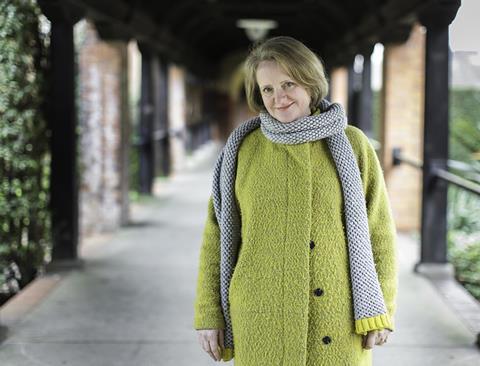We know that proper engagement with local communities can improve design, but getting the model right is difficult, writes Flora Samuel

That the public has a right to have a say on planning issues was enshrined in planning law in 1969 with the Town and Country Planning Act. Right from the very beginning it was difficult to implement, partly because of confusions around interpretation that remain to this day.
There is no process in a planning department to evaluate the quality of a consultation so the race to the bottom has been quick. No wonder trust in developers is so low. No wonder consultation can be such a hostile and even traumatic experience for those at the front line. No wonder teams resort to a tick box approach, sometimes – as one developer admitted to me – making consultations as difficult to access as possible. On a good day 3% of a population might have a say on a planning decision.
Consultation is different to engagement. It is a formal process. Words matter as Bokrosova vs Lambeth Council shows. This is just one of the battles by residents of Cressingham Gardens in Lambeth London to protect their beloved estate designed by Ted Hollamby.

When you swap your architect hat for a resident one, as I have done in my own street in Cardiff, you see how powerless you are. The situation was particularly bad during the pandemic when consultation all but disappeared in many areas.
The only way to get a three minute hearing at a planning committee is by gathering a petition of fifty resident names. Then, no matter how impassioned you are, no matter how damaging the proposal is to the community, you haven’t got a chance unless you couch your objections in the complex technical language of planning, mostly notably the strictures of the local development plan (LDP).
Have you ever tried responding to consultations on a LDP? Do you think housing should go here or there? How can a layperson possibly say without extensive further information and debate. Even if they had all the material, going through it would be a full time job.
Only the ‘usual suspects’ have time, money and nous to get involved
At the same time these issues are too important to be left solely in the hands of professionals. Local people have local knowledge. They have a stake in helping to make any new development work. They might even make it better.
Each of the devolved nations of the UK has a very different planning system. In England public involvement in planning has come to the fore with the Localism Act and the development of neighbourhood plans which allow small groups of individuals to form a group to develop planning principles for their neighbourhood.
Whilst these initiatives have been successful in some places extensive academic research has shown that they actually promote inequality. Only the ‘usual suspects’ have time, money and nous to get involved, something that leaves the ‘silent majority’ far behind. There are ways to make sure that consultation is inclusive and representative, but this takes effort.
As resources become more scarce and the threat of climate change becomes every more real there are going to be more and more difficult decisions to be made
Building on shining examples of digital democratic planning such as Better Reykjavik in Iceland we in the UK are moving towards a system of participatory budgeting - Newham in London is a pioneer in this area. As resources become more scarce and the threat of climate change becomes every more real there are going to be more and more difficult decisions to be made.
Architects in the UK, one of the least democratic of ‘democratic’ countries have a role to play in all this. Just how to make sure that public knowhow reaches ‘the architects pen’ was a problem pondered by the profession back in the 1970s. It is a question that is even more relevant fifty years later.
Postscript
From February 2023 Flora Samuel holds the Professorship of Architecture at the University of Cambridge
















No comments yet